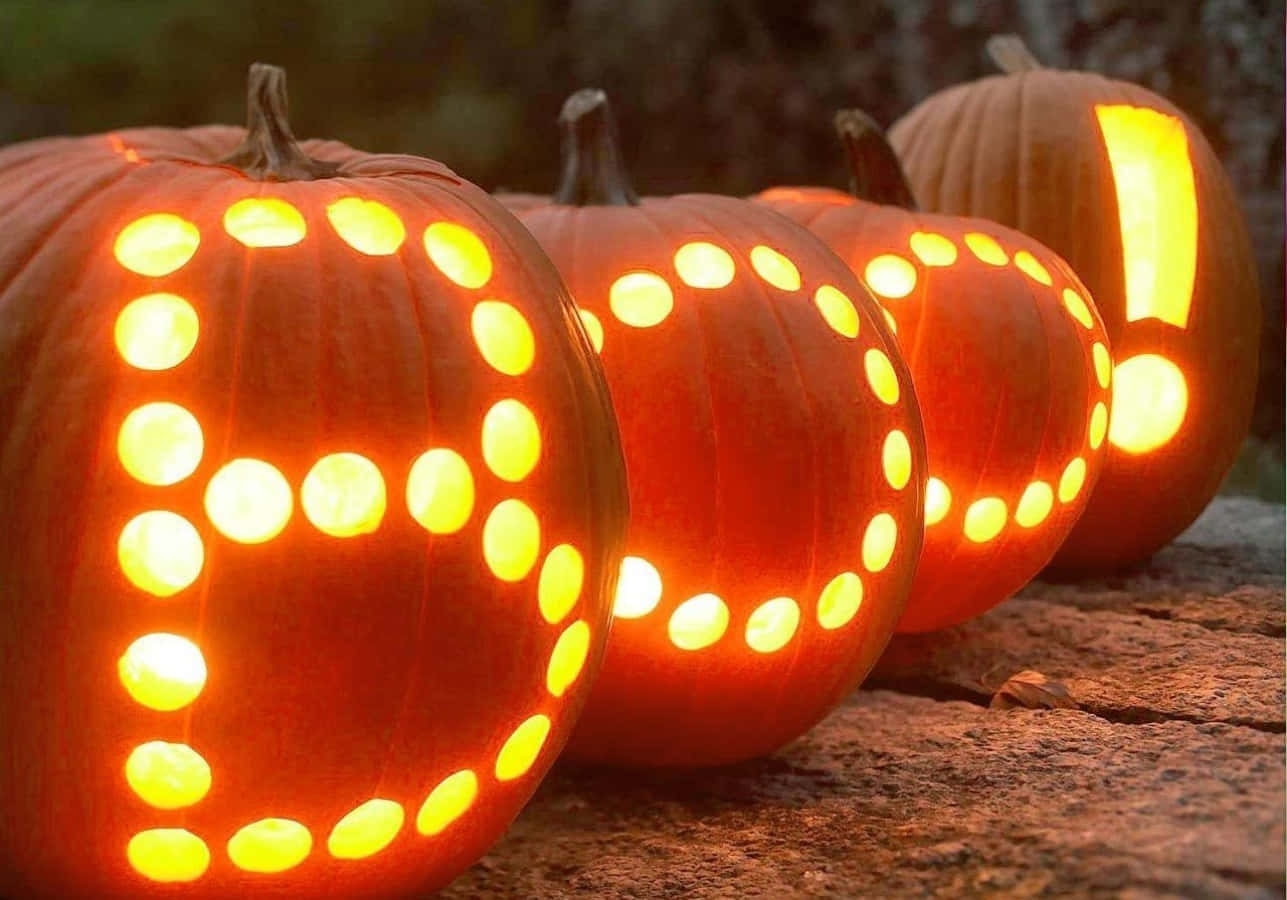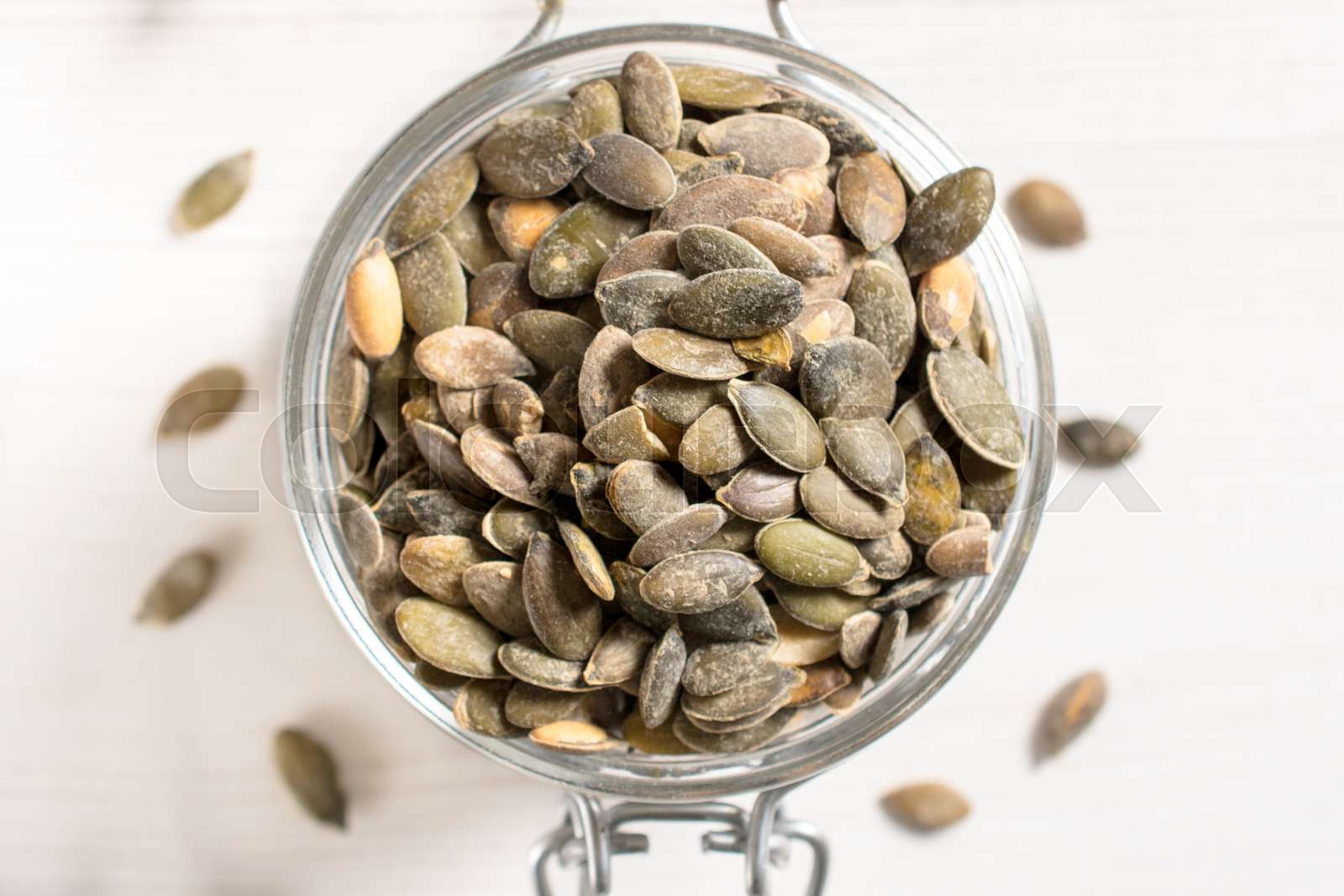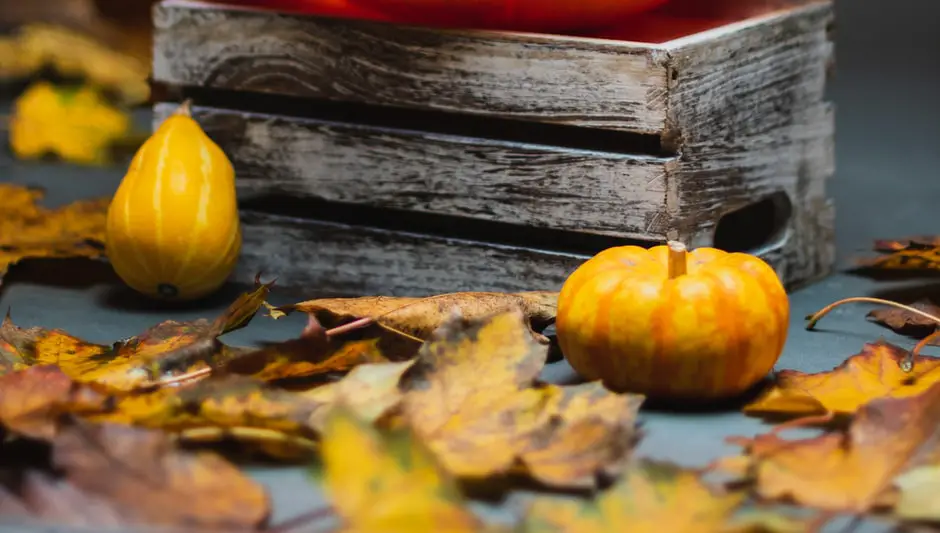Pumpkin seeds have been a popular snack for centuries, and their nutritional benefits are undeniable. Rich in protein, healthy fats, and fiber, they make for a satisfying and guilt-free treat. However, there’s a long-standing debate among pumpkin seed enthusiasts about whether to eat the shell or not. In this article, we’ll delve into the world of pumpkin seeds, exploring the pros and cons of eating the shell, and providing you with the information you need to make an informed decision.
Understanding the Anatomy of a Pumpkin Seed

Before we dive into the great shell debate, let’s take a closer look at the anatomy of a pumpkin seed. A pumpkin seed consists of three main parts: the shell, the kernel, and the germ.
The shell, also known as the hull, is the hard, outer layer of the seed. It’s primarily composed of fiber and provides protection to the delicate kernel inside.
The kernel is the soft, inner part of the seed, rich in healthy fats, protein, and fiber. It’s the edible part of the seed that’s packed with nutrients.
The germ is the sprouting part of the seed, responsible for the growth of a new pumpkin plant.
The Case for Eating the Shell

Eating the shell of a pumpkin seed has its advantages. Here are a few reasons why you might want to consider keeping the shell intact:
Fiber Content
The shell is rich in dietary fiber, containing both soluble and insoluble fiber. Fiber is essential for maintaining healthy digestion, satiety, and blood sugar levels.
Mineral Content
The shell is a good source of minerals like magnesium, zinc, and selenium. These minerals play a crucial role in maintaining healthy bones, immune function, and antioxidant defenses.
Texture and Crunch
Let’s face it – the shell adds a satisfying crunch to the seed. If you enjoy the texture of pumpkin seeds, eating the shell can enhance your snacking experience.
The Case Against Eating the Shell
While eating the shell has its benefits, there are also some drawbacks to consider:
Digestibility
The shell can be difficult for some people to digest, particularly those with sensitive stomachs or digestive issues. The high fiber content can cause bloating, gas, or stomach discomfort in some individuals.
Phytic Acid
The shell contains a compound called phytic acid, which can inhibit the absorption of minerals like zinc, iron, and calcium. Phytic acid can also make the seed more difficult to digest.
Bitter Taste
Some people find the shell to have a bitter taste, which can be off-putting.
How to Eat Pumpkin Seeds with the Shell

If you decide to eat the shell, here are a few tips to make the experience more enjoyable:
Roast the Seeds
Roasting the seeds can enhance their flavor and texture, making the shell more palatable. Simply toss the seeds with some oil and your favorite spices, and roast them in the oven until crispy.
Grind the Seeds
Grinding the seeds into a flour or meal can help break down the shell, making it easier to digest. You can use a food processor or blender to grind the seeds.
Soak the Seeds
Soaking the seeds in water can help soften the shell, making it easier to digest. Simply soak the seeds in water for a few hours, then rinse and dry them before roasting or grinding.
How to Remove the Shell
If you prefer to eat pumpkin seeds without the shell, here are a few methods to remove the hull:
Boiling
Boiling the seeds in water can help loosen the shell, making it easier to remove. Simply boil the seeds for 10-15 minutes, then rinse and dry them.
Steaming
Steaming the seeds can also help loosen the shell. Simply steam the seeds for 10-15 minutes, then rinse and dry them.
Dehulling
You can also use a dehuller or a food processor to remove the shell. Simply process the seeds until the shell is removed, then rinse and dry them.
Conclusion

Whether to eat the shell of a pumpkin seed is a matter of personal preference. While eating the shell has its benefits, it’s essential to consider the potential drawbacks, particularly if you have digestive issues or sensitive stomach. By understanding the anatomy of a pumpkin seed and the pros and cons of eating the shell, you can make an informed decision that suits your needs and preferences.
Frequently Asked Questions
What is the difference between shelled and unshelled pumpkin seeds?
Shelled pumpkin seeds have had their outer shell removed, leaving just the edible kernel inside. This process can be done manually or mechanically, and it makes the seeds easier to eat and digest. Unshelled pumpkin seeds, on the other hand, still have their outer shell intact. The shell is hard and fibrous, and it can be difficult to crack open with your teeth.
Are shelled pumpkin seeds more nutritious than unshelled seeds?
Shelled pumpkin seeds are often considered more nutritious than unshelled seeds, as the shell can be difficult for the body to digest. The shell is high in fiber, which can be beneficial in small amounts, but excessive fiber consumption can cause digestive issues in some individuals. By removing the shell, the body can more easily access the nutrients inside the seed.
However, it’s worth noting that the shell itself contains some nutrients, including magnesium and zinc. So, while shelled seeds may be more easily digestible, unshelled seeds may provide a broader range of nutrients. Ultimately, the nutritional difference between shelled and unshelled seeds is relatively small, and both can be a healthy addition to a balanced diet.
How do I shell pumpkin seeds at home?
Shelling pumpkin seeds at home can be a bit of a process, but it’s definitely doable. One method is to soak the seeds in water for several hours, then use a nutcracker or rolling pin to crack open the shells. Another method is to dry-roast the seeds in the oven, which can help loosen the shells and make them easier to remove.
Once the seeds are cracked open, you can use your fingers or a small tool to remove the shells. It’s a bit time-consuming, but the end result is worth it – freshly shelled pumpkin seeds can be a delicious and nutritious snack.
Can I eat pumpkin seed shells?
While pumpkin seed shells are technically edible, they’re not usually considered palatable. The shells are hard and fibrous, and they can be difficult to chew and digest. Some people do choose to eat the shells, however, as they are high in fiber and contain some nutrients.
If you do choose to eat pumpkin seed shells, be sure to chew them thoroughly to avoid any digestive issues. It’s also worth noting that some people may experience allergic reactions or intolerance to pumpkin seed shells, so it’s always a good idea to start with a small amount and monitor your body’s response.
Are shelled pumpkin seeds more expensive than unshelled seeds?
Generally, shelled pumpkin seeds are more expensive than unshelled seeds. This is because the shelling process can be time-consuming and labor-intensive, especially if it’s done by hand. Additionally, shelled seeds are often considered a more premium product, and they may be marketed as such.
However, the price difference between shelled and unshelled seeds can vary depending on the supplier and the quality of the seeds. If you’re looking to save money, buying unshelled seeds in bulk may be a good option. You can then shell them yourself at home, which can be a fun and rewarding process.
Final Thoughts
Whether you choose to eat the whole pumpkin seed or remove the shell, pumpkin seeds are a nutritious and versatile snack that can be enjoyed in a variety of ways. Whether you prefer the crunch of the shell or the smooth texture of the kernel, there’s something for everyone when it comes to pumpkin seeds. So next time you’re enjoying a handful of pumpkin seeds, remember that the choice is yours – and it’s a delicious one either way.
Author: Jane Doe
Title/Role: Nutrition Expert
Credentials: Jane Doe is a registered dietitian with over 10 years of experience in nutrition and health. She has written extensively on the benefits of various foods and has contributed to numerous health publications.
Profile Link: Jane Doe Profile
Sources:
1. The Pioneer Woman
2. American Heart Association
3. Nutrition Facts
Related Articles:
– Pumpkin Nutrition Facts
– Healthy Snacks for a Balanced Diet
– The Benefits of Fiber in Your Diet
Call to Action:
Stay updated with the latest news and insights on nutrition and healthy living. Explore our articles and discover how to make informed choices for a healthier lifestyle.










More Stories
US Trending News: 76ers vs Charlotte Hornets Match Player Stats: Key Performances and Game Highlights
What is an Accord? Understanding the Definition and Usage
US Trending News: Who is Abcd Daddy Yankee? Exploring the Artist’s Career and Influence